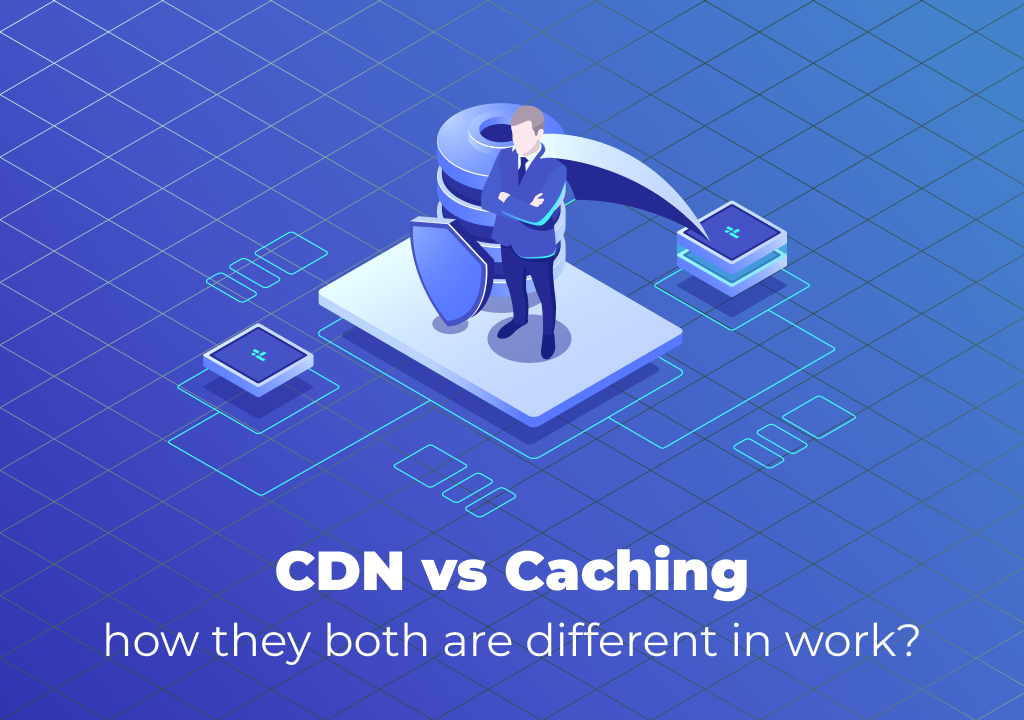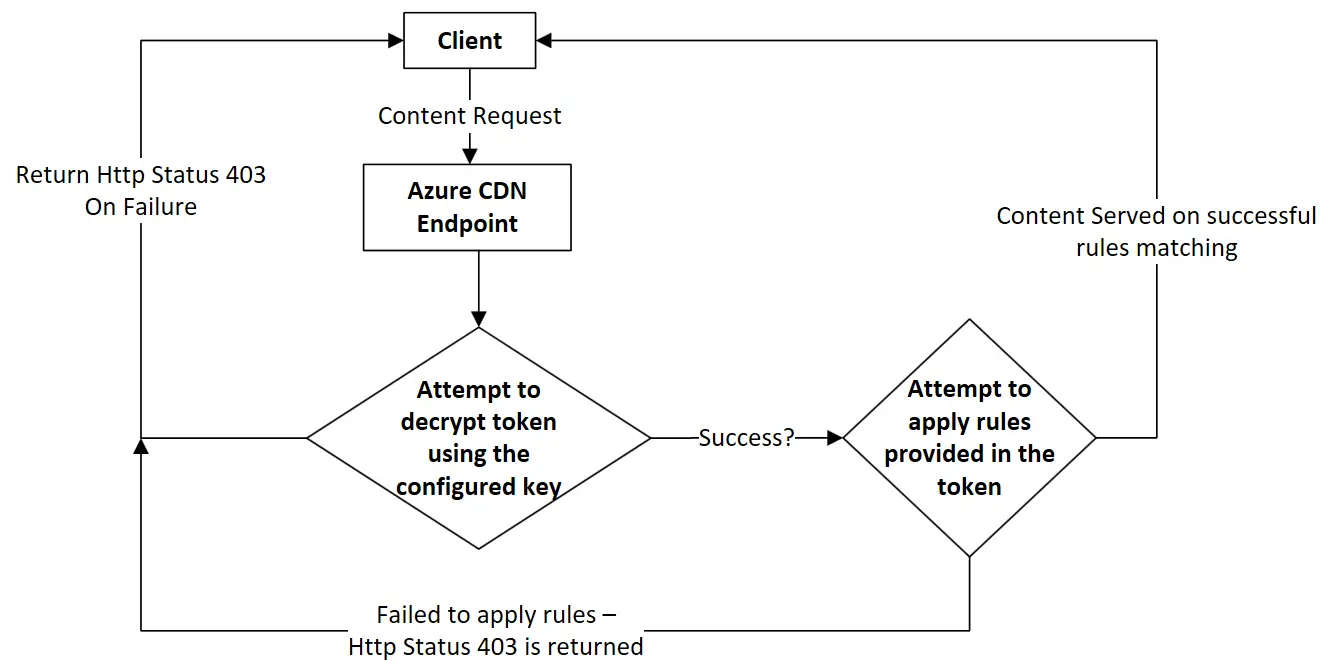How CDN Caching Algorithms Work

Content Delivery Networks (CDNs) use various caching algorithms to store frequently accessed content closer to end users, reducing latency and improving performance. Some common caching algorithms include:

- Least Recently Used (LRU): Caches the most recently accessed content and evicts the least recently used content when the cache reaches capacity.
- Most Frequently Used (MFU): Caches the most frequently accessed content, assuming it’s more likely to be accessed again.
- Least Frequently Used (LFU): Similar to MFU, but caches the least frequently accessed content, believing it’s less likely to be requested again.
- Not Recently Used (NRU): Combines aspects of LRU and LFU, caching content that has not been accessed recently and has been accessed infrequently overall.
- FIFO (First In, First Out): Caches content in the order it’s received and evicts the oldest content when the cache is full.
- LIFO (Last In, First Out): Caches content in reverse order and evicts the most recently cached content first.
Why CDN Caching Algorithms Matter

CDN caching algorithms are crucial for several reasons:
1. Improved Performance: By caching frequently accessed content close to users, CDNs significantly reduce latency and load times, providing a faster and more responsive user experience.
2. Reduced Network Congestion: Caching reduces the amount of content that needs to be transmitted over the network, freeing up bandwidth for other critical tasks and reducing overall network congestion.
3. Increased Reliability: In the event of network outages or disruptions, cached content can still be delivered to users, ensuring business continuity and availability.
4. Cost Savings: By reducing bandwidth consumption, CDN caching algorithms can help organizations save on infrastructure and bandwidth costs.
5. Enhanced Scalability: Caching enables CDNs to handle increased traffic spikes by dynamically scaling their networks and ensuring content availability even during peak usage periods.
6. Security Benefits: By storing content on multiple servers, CDNs provide redundancy and protection against potential security attacks or data breaches.
Conclusion
CDN caching algorithms play a vital role in delivering content quickly and reliably to end users. By understanding how these algorithms work and why they matter, organizations can optimize CDN performance and ensure a seamless user experience for their applications and websites.## Cdn Caching Algorithms: How They Work And Why They Matter
Executive Summary
CDN caching algorithms play a crucial role in optimizing website performance and improving the user experience. By leveraging these algorithms, businesses can enhance website speed, reduce latency, and improve the overall reliability of their online presence. This article provides a comprehensive overview of CDN caching algorithms, exploring their mechanisms, benefits, and importance in today’s digital landscape. By understanding the fundamentals of these algorithms, businesses can optimize their caching strategies and gain a competitive edge in the fast-paced world of online commerce.
Introduction
In the realm of website optimization, content delivery networks (CDNs) have become indispensable tools for improving website performance and enhancing user experience. CDNs leverage a network of geographically distributed servers to store and deliver website content to users, ensuring fast and reliable access irrespective of their location. At the core of CDN functionality lie caching algorithms, which play a pivotal role in optimizing content delivery and maximizing website efficiency. By understanding the mechanisms and benefits of CDN caching algorithms, businesses can harness their power to improve website performance, reduce latency, and enhance the overall user experience.
FAQ
-
What is a CDN caching algorithm?
CDN caching algorithms are sets of rules and techniques used by content delivery networks to determine how and when to cache website content. These algorithms consider various factors, such as content popularity, user location, and network conditions, to optimize content delivery and enhance website performance. -
Why are CDN caching algorithms important?
CDN caching algorithms are crucial for website performance as they reduce the need to retrieve content from origin servers, which can be geographically distant from users. By caching content closer to users, CDN caching algorithms minimize latency, improve website speed, and provide a seamless user experience. -
How do CDN caching algorithms work?
CDN caching algorithms leverage a variety of techniques to optimize content delivery. These techniques include content compression, load balancing, and dynamic routing. By compressing content, CDN caching algorithms reduce the amount of data that needs to be transferred, while load balancing ensures that traffic is evenly distributed across multiple servers, minimizing congestion and improving performance. Dynamic routing, on the other hand, analyzes user location and network conditions to determine the optimal server to deliver content from, ensuring the fastest and most reliable delivery.
Top 5 CDN Caching Algorithms
Least Recently Used (LRU)
- LRU is a widely used caching algorithm that operates on the principle of discarding the least recently used item when the cache reaches its capacity.
- By prioritizing the most frequently accessed content, LRU ensures that users can quickly retrieve popular content without experiencing delays.
- However, LRU may discard less frequently used content, potentially impacting the performance of infrequently accessed pages.
First-In First-Out (FIFO)
- FIFO is a simple caching algorithm that follows a first-in, first-out approach.
- Under FIFO, the oldest content in the cache is discarded first to make way for new content.
- While FIFO is easy to implement, it may not always discard the least important content, potentially affecting website performance.
Least Frequently Used (LFU)
- LFU is a caching algorithm that tracks the frequency of content access and discards the least frequently used content when the cache reaches its capacity.
- By prioritizing content based on usage, LFU ensures that frequently accessed content remains in the cache, improving website speed and performance.
- However, LFU may retain infrequently used content that could potentially be discarded to make way for more popular content.
Optimal Caching Algorithm (OCA)
- OCA is a sophisticated caching algorithm that aims to minimize the average access time for content.
- OCA leverages mathematical modeling and analysis to determine the optimal caching strategy based on content popularity and access patterns.
- While OCA can significantly improve performance, it requires complex calculations and may not be suitable for all scenarios.
Adaptive Caching Algorithm (ACA)
- ACA is a dynamic caching algorithm that adapts to changing traffic patterns and user behavior in real-time.
- ACA monitors website usage and adjusts the caching strategy accordingly, ensuring that the most relevant content is always cached and delivered quickly to users.
- ACA offers flexibility and high performance but can be more complex to implement and manage.
Conclusion
CDN caching algorithms are essential components of website optimization strategies, enabling businesses to improve website speed, reduce latency, and enhance the overall user experience. By leveraging these algorithms, businesses can minimize the load on origin servers, reduce bandwidth consumption, and ensure fast and reliable content delivery across diverse geographical locations. Understanding the mechanisms and benefits of CDN caching algorithms empowers businesses to optimize their website performance, gain a competitive edge, and deliver a seamless online experience to their customers.
Keyword Tags
- CDN Caching
- Caching Algorithms
- Content Delivery Networks
- Website Performance
- User Experience
